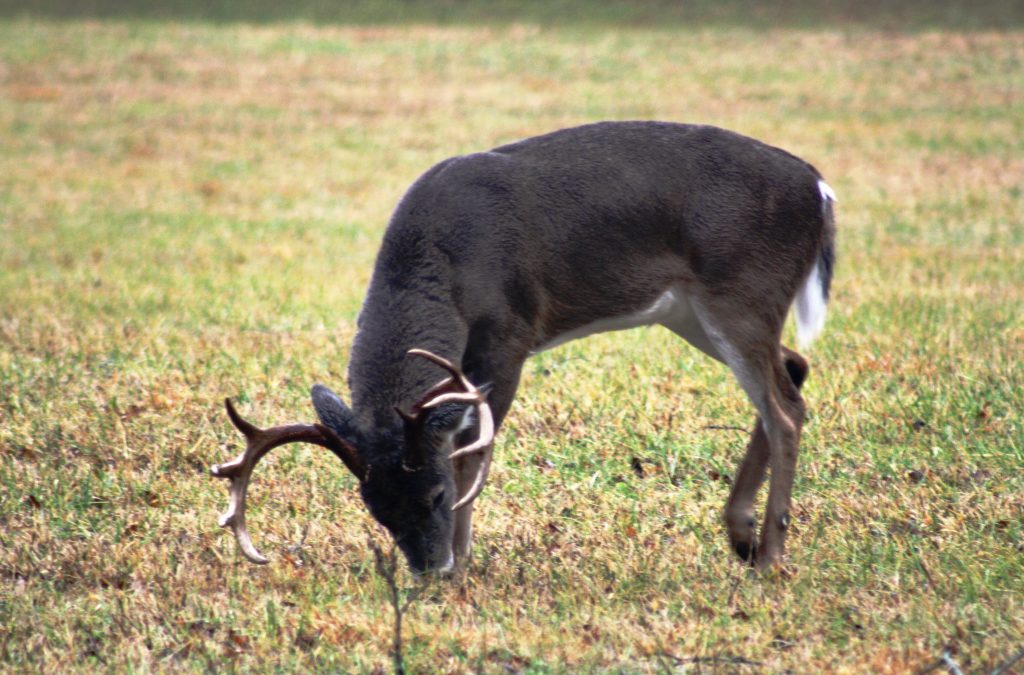
by Shep Eubanks | Sep 12, 2018
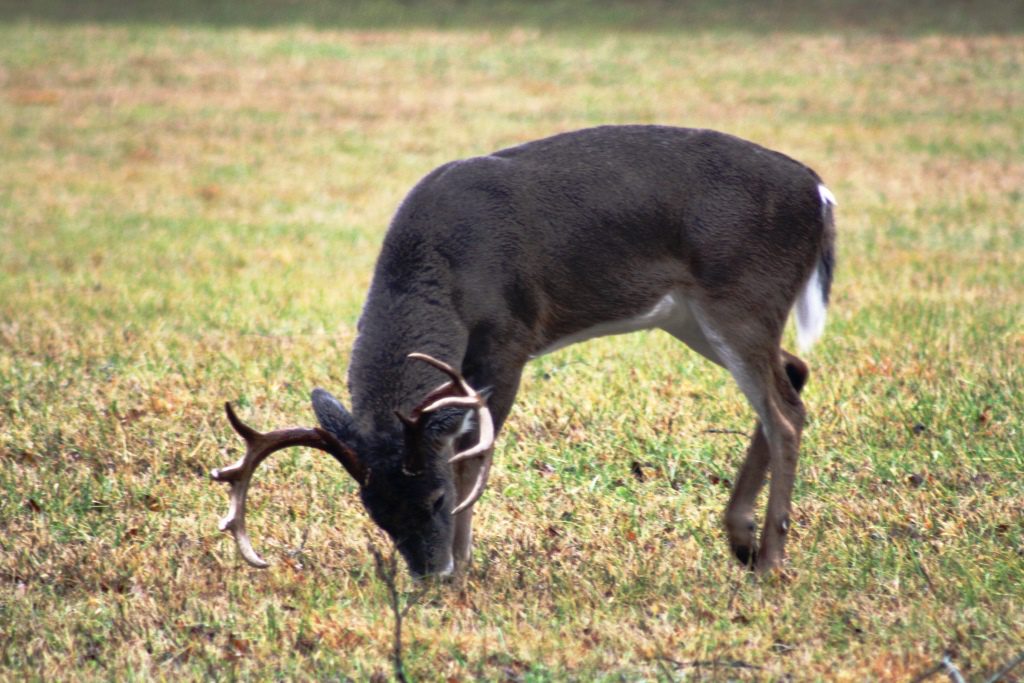
North Florida buck feeding on acorns at the edge of a food plot. Photo Credit – Shep Eubanks UF/IFAS
It’s that time of year when landowners, hunters, and other wildlife enthusiasts begin to plan and prepare fall and winter food plots to attract wildlife like the nice buck in the photo.
Annual food plots are expensive and labor intensive to plant every year and with that thought in mind, an option you may want to consider is planting mast producing crops around your property to improve your wildlife habitat. Mast producing species are of two types of species, “hard mast” (oaks, chestnut, hickory, chinkapin, American Beech, etc.), and “soft mast” (crabapple, persimmon, grape, apple, blackberry, pears, plums, pawpaws, etc.). There are many mast producing trees and shrubs that can be utilized and will provide food and cover for a variety of wildlife species. This article will focus on two, sawtooth oak (or other oaks) and southern crabapple.
Sawtooth Oak
Oaks are of tremendous importance to wildlife and there are dozens of species in the United States. In many areas acorns comprise 25 to 50% of a wild turkeys diet in the fall (see photos 1, 2, and 3) and probably 50% of the whitetail deer diet as well during fall and winter. White oak acorns average around 6% crude protein versus 4.5% to 5% in red oak acorns. These acorns are also around 50% carbohydrates and 4% fat for white oak and 6% fat for red oak.
The Sawtooth Oak is in the Red Oak family and typically produces acorns annually once they are mature. The acorns are comparable to white oak acorns in terms of deer preference as compared to many other red oak species. Most red oak acorns are high in tannins reducing palatability but this does not seem to hold true for sawtooth oak. They are a very quick maturing species and will normally begin bearing around 8 years of age. The acorn production at maturity is prolific as you can see in the photo and can reach over 1,000 pounds per tree in a good year when fully mature. They can reach a mature height of 50 to 70 feet. There are two varieties of sawtooth oak, the original sawtooth and the Gobbler sawtooth oak, which has a smaller acorn that is better suited for wild turkeys. The average lifespan of the sawtooth oak is about 50 years
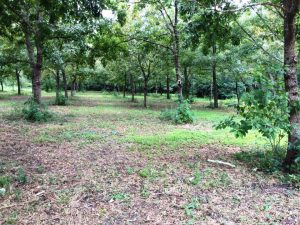
Photo 1 – Seventeen year old planting of sawtooth oaks in Gadsden County Florida. Photo Credit – Shep Eubanks UF/IFAS
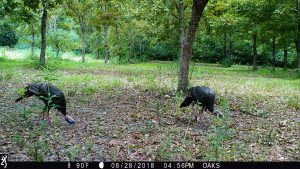
Photo 2 – Gadsden County gobblers feeding on Gobbler sawtooth oak acorns
Photo Credit – Shep Eubanks UF/IFAS
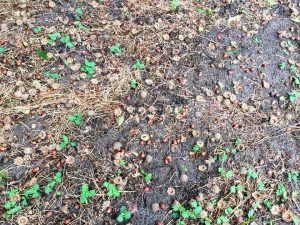
Photo 3 – Gobbler sawtooth oak acorns in Gadsden County. Notice the smaller size compared to the regular sawtooth oak acorn which is the size of a white oak acorn.
Photo credit – Shep Eubanks UF/IFAS
Southern Crabapple
Southern Crabapple is one of 25 species of the genus Malus that includes apples. They generally are well adapted to well drained but moist soils and medium to heavy soil types. They will grow best in a pH range of 5.5 – 6.5 and prefer full sun but will grow in partial shade as can be seen in photo 4. They are very easy to establish and produce beautiful blooms in March and April in our area as seen in photo 5. There are many other varieties of crabapples such as Dolgo that are available on the market in addition to southern and will probably work very well in north Florida. The fruit on southern crabapple is typically yellow green to green and average 1 to 1.5 inches in diameter. They are relished by deer and normally fall from the tree in early October.
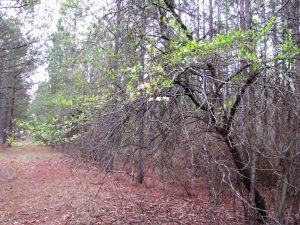
Photo 4 – Southern crabapple tree planted on edge of pine plantation stand. Photo taken in late March during bloom.
Photo credit – Shep Eubanks UF/IFAS
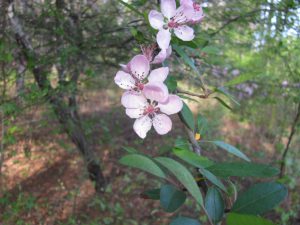
Photo 5 – Showy light pink to white bloom of southern crabapple in early April during bloom.
Photo credit – Shep Eubanks UF/IFAS
A good resource publication on general principles related o this topic is Establishing and Maintaining Wildlife Food Sources.
If you are interested in planting traditional fall food plots check out this excellent article by UF/IFAS Washingon Couny Extension Agent Mark Mauldin: Now’s the Time to Start Preparing for Cool-Season Food Plots .
For more information on getting started with food plots in your county contact your county’s UF/IFAS Extension Office
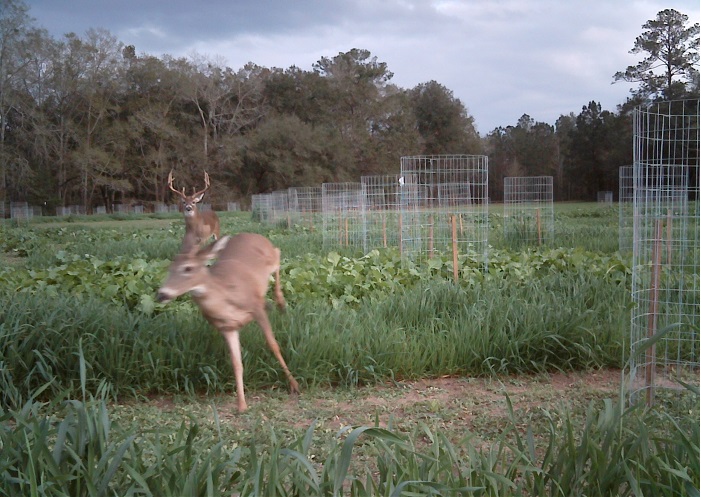
by Mark Mauldin | Sep 2, 2018

A buck chases a doe through plots of wildlife forages being evaluated at the University of Florida’s North Florida Research and Education Center. Photo Courtesy of Holly Ober
I know it feels too hot outside to talk about hunting season or cool-season food plots, but planting time will be here before you know it and now’s the time to start preparing. The recommended planting date for practically all cool-season forage crops in Northwest Florida is October 1 – November 15. Assuming adequate soil moisture, planting during the first half of the range is preferred. Between now and planting time there are several factors that need to be considered and addressed.
Invasive and/or Perennial Weed Control – Deer and other wildlife species utilize many soft/annual “weeds” as forage so controlling them is usually not a major concern. But from time to time unwanted perennials (grasses and woody shrubs) need to be controlled. An unfortunate and all too common example of and unwanted perennial is cogongrass – a highly invasive grass that should always be controlled if found. Effective control of perennial weeds, like cogongrass generally involves the use of herbicides. Late summer/early fall is a very effective time to treat unwanted perennials. Fortunately, this coincides well with the transition between warm-season and cool-season forages. If you have unwanted, perennial weeds in your food plots get them identified now and controlled before you plant your cool-season forages.
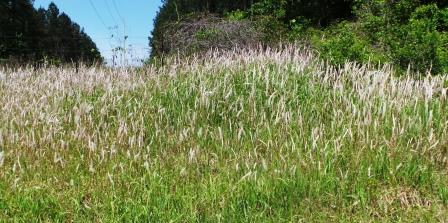
Cogongrass shown here with seedheads – more typically seen in the spring. If you suspect you have cogongrass in or around your food plots please consult your UF/IFAS Extension Agent how control options.
Photo credit: Mark Mauldin
Soil Fertility Management – In my experience, the most common cause for poor plant performance in food plots is inadequate soil fertility. Before planting time collect and submit soil samples from each of your food plots. Laboratory analysis of the samples will let you know the fertilizer and lime requirements of the upcoming cool-season crop. It is very important to have the analysis performed prior to planting so performance hindering issues can be prevented. Otherwise, during the growing season, by the time you realize something is wrong, it will likely be too late to effectively address the problem. This is particularly true if the issue is related to soil pH. To affect soil pH in a timely manner lime needs to be incorporated into the soil. Incorporation is impossible after the new crop has been planted. Soil analysis performed at the University of Florida’s Extension Soil Testing Lab cost $7 per sample. Your county’s UF/IFAS Extension Agent can assist you with the collection and submission process as well as help you interpret the results.
Variety Selection & Seed Sourcing – Sometimes it takes some time to find the best products/varieties. Just because forage seeds are sold locally doesn’t mean that the crop or specific variety is well suited to this area. The high temperatures and disease pressure associated with Florida, even in the “cool-season” mean that many products that do very well in other parts of the country may struggle here. Below are some specific forages that are favored by wildlife (specifically white-tailed deer) and generally well adapted to Florida. You may discover that these varieties are not sitting on the shelf at the local feed & seed. Often local suppliers can get specific varieties, but they must be special ordered, which adds time to the process. Hence the need to start planning and sourcing seed early.
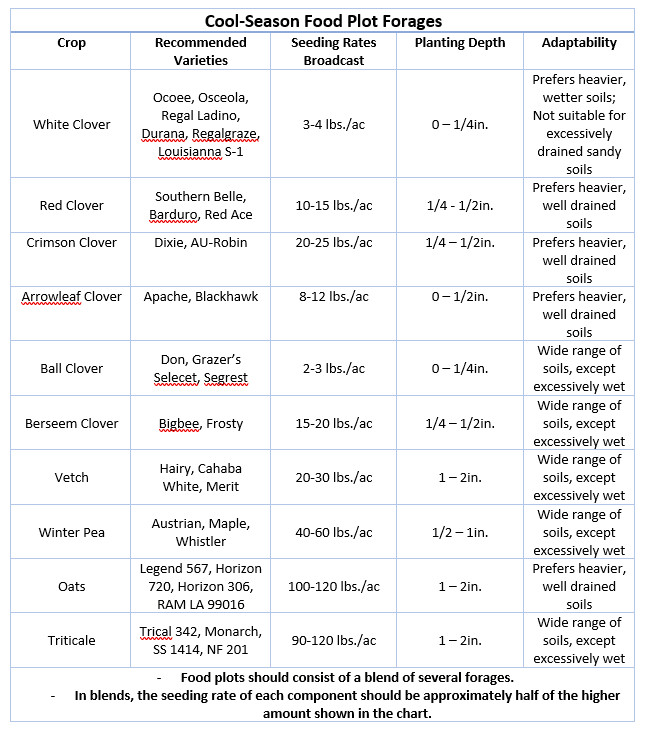
If you are debating trying food plots on your property for the first time, please carefully consider the following. Food plots are not easy – Making productive food plots that provide a measurable, positive impact to the wildlife on your property takes considerable time, effort, and money. Considering this, food plots really only make sense when viewed as habitat improvements that provide long term benefits to multiple wildlife species. If you are looking for nothing more than a deer attractant during hunting season food plots are not a very practical option. For more information on getting started with food plots contact your county’s UF/IFAS Extension Office and check out the reference below.

by Mark Mauldin | Dec 5, 2014
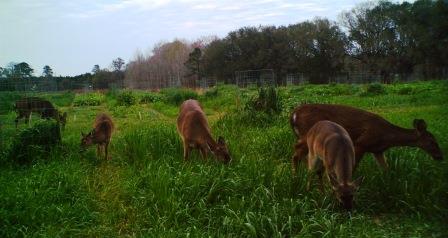
Deer grazing test plots at the NFREC in Quincy. Quality food plots take effort and planning.
Deer hunting season has begun in Northwest Florida. As hunters venture into the woods and sit for hours on end they have plenty – sometimes too much – time to contemplate what they could have done or should do to make there hunting experiences better. These plans for improvement may involve all kinds of things; if they involve improving underperforming food plots allow me to offer a few points for contemplation.
- Are your plots the optimum size? Small plots, less than one acre, don’t stand much of a chance. If you plant something deer like and there is a substantial deer population in the area the young plants will be “mowed” down before they have time to establish. At best, you’ll create a low growing green carpet. This might make you feel better as a hunter but it’s doing very little in the way of providing nutrition to the deer herd. Deer will get the maximum benefit from multiple plots (2-3 acres in size) that total around 10% of the area you are managing. This scenario is ideal for the deer, it might not be ideal or even feasible for the hunter.
- Are your plots properly fertilized? This is a very common issue with underperforming food plots. That bag of 10-10-10 really doesn’t do much. Hunters who have no farming experience are often amazed and disheartened at how much fertilizer it takes to produce a crop – food plots are simply forage crops. Consult your county’s agriculture agent for assistance with soil testing and fertilizer recommendations for the specific crops you are producing. UF/IFAS fertilizer recommendations for forage crops reference additional applications after a grazing rotation or haying; how does this translate for food plot management? A cool season food plot planted in mid-October will be productive for about six months. During that six months you should apply Nitrogen at least three times, Potassium twice, all required Phosphorus can be applied at planting. This steady supply of nutrients keeps the food plot going throughout the entire growing season. Using slow release or enhanced efficiency fertilizers can simplify this process somewhat, since the number of applications is reduced.
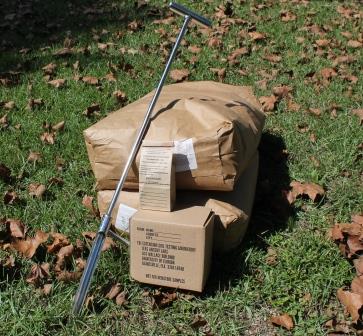
Soil testing and the resulting fertilizer recommendations are key to successful food plots.
- Did you plant the right crop at the right time? There are lots of choices when it comes to selecting what to plant in your food plots remember plant varieties that are suited to your particular environment not the one that have the prettiest packaging or the most TV commercials. Planting time can be an issue; when cool season crops are planted too late they are unable to establish enough roots and top growth to withstand grazing pressure through the middle of winter when short days and cold temperatures greatly slow growth rates. Even if planted at the correct time most “winter” forages produce the majority of their biomass in the spring, once day length begins to increase.
Hopefully considering these points will help you to improve your food plots. Remember, producing high quality food plots can be a challenging endeavor but the process makes more sense and is less frustrating if you view food plots as long term habitat improvement designed to provide additional nutrition to the deer herd not simply an attractant during hunting season. For more information on any of the topics addressed contact your county’s UF/IFAS Extension Agriculture or Natural Resources Agent.













